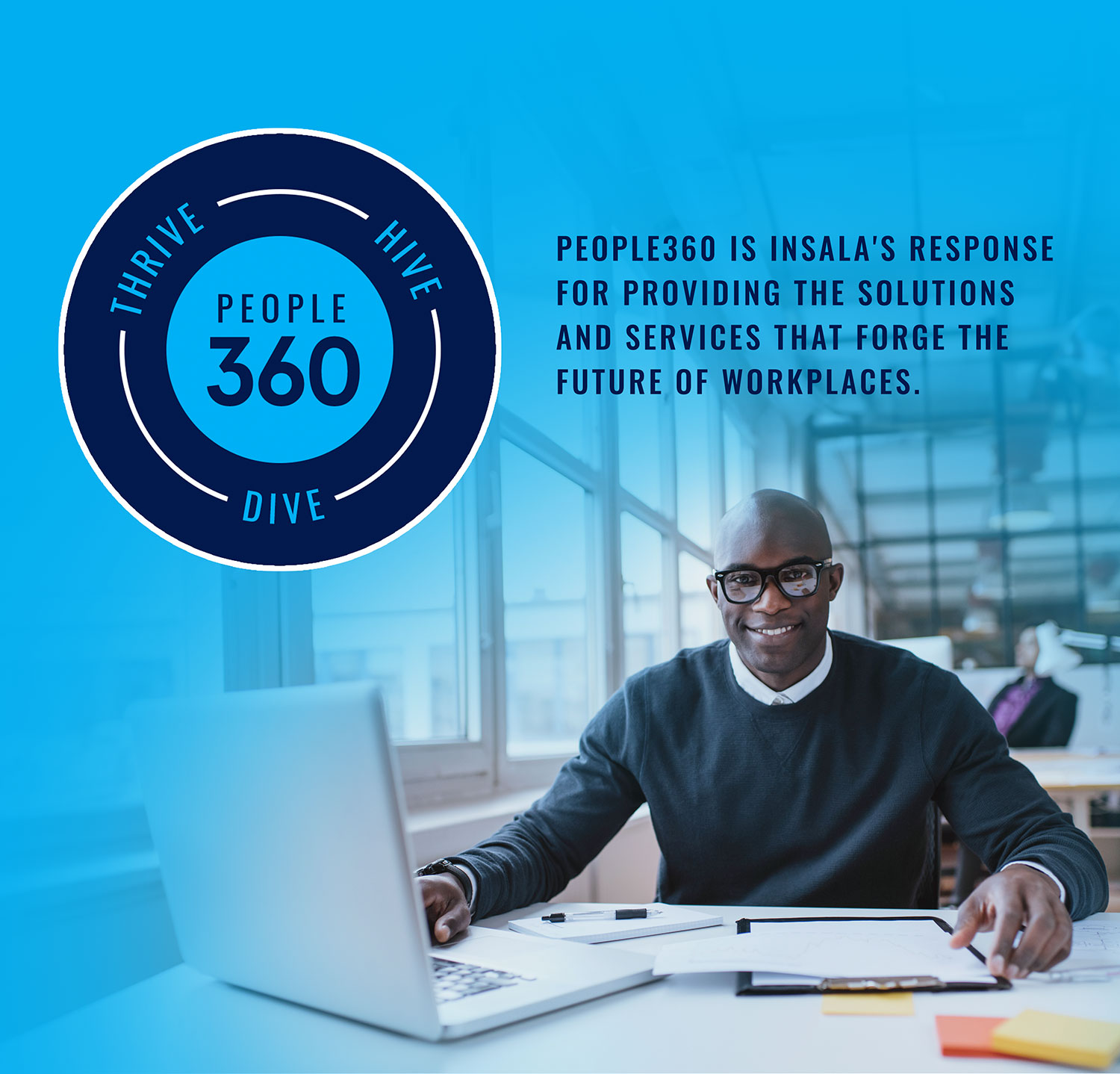How To Find The Right Mentor For You
How To Find The Right Mentor For You Having the guidance and ...
Read more
Businesses across the globe are seeing a decline in revenue as a direct result of the COVID-19 pandemic. In response, business leaders are rushing to cut costs and remain competitive.
Employee training is often one of the first areas considered when cutting costs during an economic downturn. However, you can’t expect employees to find ways to cultivate their skills, especially when adjusting to the current circumstances.
The Harm in Not Providing an Alternative to Training
On the surface, ending your training program may appear to be a straightforward way to cut costs. Unfortunately, organizations that do not have an alternative solution to training often pay for this decision with these consequences:
Fill Training Gaps with a Mentoring Program
If keeping your training program is not an option, don’t worry. There is still good news.
You don’t have to forego personal development when budgets are tight. Mentoring is a low-cost solution to fill the gaps created by losing your training efforts.
Through individual mentoring relationships, organizations can:
3 Steps to Implementing a Mentoring Program
As businesses pivot to survive in an unstable time, it’s important to invest the thought and time required to implement the right mentoring program. Business leaders should focus on 3 key areas to design the most valuable mentoring program to replace training.
With Insala’s mentoring software, your business can seamlessly manage your mentoring program. From supporting the matching process to analyzing program results, our software empowers you to engage and support mentors and mentees along the way.
We know these are tough times, and we’re ready to help you navigate them. With more than 30 years of experience, we understand the challenges of establishing a mentorship program and guide you from start to finish.
Please contact us to request a demo and see for yourself how Insala can help you develop a mentorship program that engages and inspires your employees.


How To Find The Right Mentor For You Having the guidance and ...
Read more
How To Establish A Successful Corporate Mentoring Program
Read more
How Mentoring Is Helping Solve The Labor Shortage The labor shortage has become a pressing issue for businesses across industries, with ...
Read more
Now Is The Time To Start Your Mentoring Program In today's ...
Read more
7 Tips To Improve Your Corporate Mentoring Program Corporate ...
Read more

People360 is a pioneer and industry leader recognized by Global 1000 and Fortune 500 companies and associations internationally, for 28+ years as a leader in Career Management, Mentoring, Coaching, Career Transition, Alumni Software solutions and People Analytics.
© 2025 People360. All rights reserved. Privacy Policy